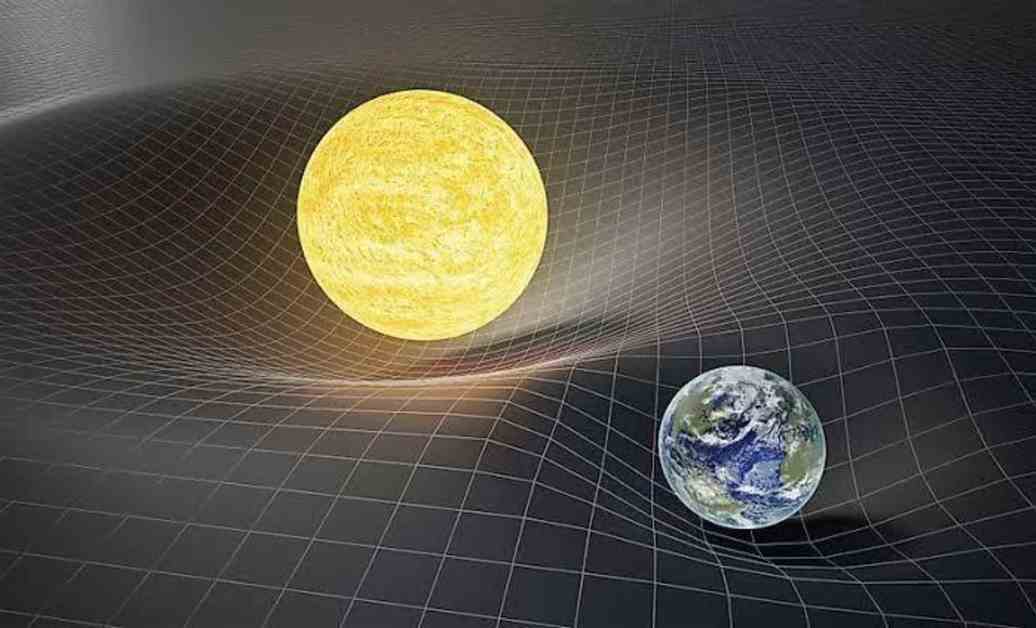New Theory Challenges Existence of Dark Matter
Recent research has introduced a groundbreaking perspective on the nature of gravity and dark matter. Traditionally, dark matter has been proposed to explain gravitational effects that cannot be accounted for by visible matter alone.
However, a new study by Dr. Richard Lieu from The University of Alabama in Huntsville suggests that gravity can exist without mass, potentially negating the need for dark matter.
This innovative theory proposes that the gravitational forces observed in galaxies and clusters can be explained by massless topological defects created during the early universe.
For nearly a century, dark matter has remained one of the most perplexing concepts in modern physics. Initially suggested by Dutch astronomer Jan Oort in 1932, dark matter was introduced to account for the “missing mass” necessary for galaxies and clusters to remain bound together.
Despite extensive research, direct evidence for dark matter remains elusive. It does not emit, absorb, or reflect light, making it invisible to current detection methods. The presence of dark matter is inferred from its gravitational effects on visible matter, such as the rotational speeds of galaxies and the motions of galaxies within clusters.
Dr. Lieu’s study challenges the traditional view by demonstrating how gravity can exist without mass. His research is inspired by the search for alternative solutions to the gravitational field equations of general relativity. Lieu’s proposed solution involves the Poisson equation, which allows for a finite gravitational force in the absence of detectable mass.
Lieu suggests that the “excess” gravity required to hold these large structures together could result from concentric sets of shell-like topological defects. These defects likely formed during a cosmological phase transition in the early universe, where the overall state of matter changed simultaneously across the cosmos.
The concept of massless shells provides an intriguing explanation for the gravitational effects attributed to dark matter. When a star lies on one of these shells, it experiences a strong gravitational pull towards the center. This effect arises from the bending of space-time, which allows all objects, whether they have mass or not, to interact gravitationally.
While Lieu’s theory offers a compelling alternative to dark matter, it also raises numerous questions. Future research will need to explore how galaxies and clusters form through the alignment of these shells and how these structures evolve over time.
The implications of Lieu’s theory extend beyond the realm of astrophysics, potentially influencing our understanding of fundamental physics. The idea that gravity can exist without mass challenges the traditional frameworks of general relativity and quantum mechanics, opening new avenues for theoretical research.


